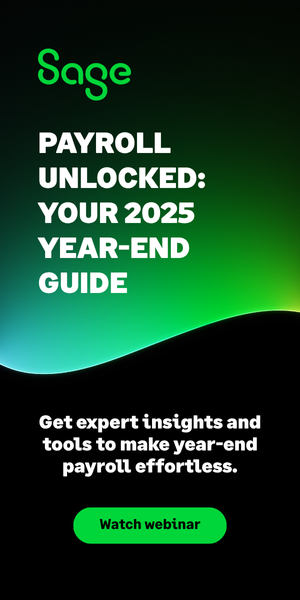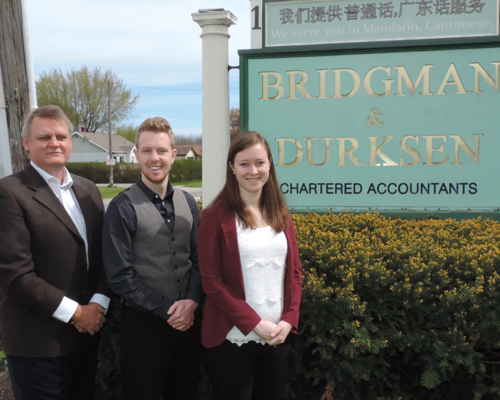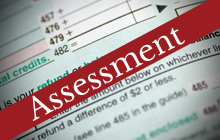The new review engagement standard

What does the new review engagement standard mean to your firm and clients? Like any good question in the accounting profession, the answer is "it depends"
OF the three most common financial statement services — compilation engagements, review engagements and audit engagements — review engagements are the ones least defined.
From client to client, firm to firm and even partner to partner, a review engagement ranges from what some call a “glorified compilation” all the way to a “mini-audit.” Identifying your firm’s starting point is the key to transitioning to the new standard.
So let’s consider two scenarios:
Scenario one: the perfect process
If we sit back and imagine how, in a perfect situation, a review engagement should proceed, it would look something like this 10-step process:
- An initial meeting is held where all the critical terms of the engagement are reviewed, negotiated and agreed upon. Included in this is a detailed list of the client’s responsibilities, such as what information is required, the start date for fieldwork and all critical reporting deadlines.
- All requested preliminary information is received prior to starting fieldwork and the manager — who knows the client just as well as the partner does — has reviewed all relevant information and completed the planning for the engagement.
- Client provides draft financial statements, which are framework-compliant, including notes (we did say this was the perfect process).
- Senior time is spent analyzing and assessing the significant and critical areas.
- A team meeting is held to identify all issues and assign all tasks.
- The client has sufficient resources to respond to all inquiries and requests efficiently.
- Your team, with the perfect complement of skill, training and experience, heads out to the client’s premises and is provided with all the requested information in a comfortable (but not too comfortable!) boardroom, where the team completes the procedures that were tailored and designed to that specific client during planning.
- Senior staff time is used appropriately supervising and managing junior staff and addressing high-level issues and items.
- Hard conversations occur. Professional skepticism and judgment are applied and all of this has been evidenced in the engagement file, with supporting documentation.
- A management letter is drafted, providing the client with all the value-add an assurance engagement provides, and the letter is delivered to management or the board at a finalization meeting.
Congratulations! If most or even all the above reflects the process you have been striving for in your firm, the new review engagement standard will support your move toward these changes.
Scenario two: the common process
If, however, your review engagements look more like this, you’ll need to do more than just replace a few generic checklists.
- The trigger is pulled. Maybe it’s the issuance of an engagement letter. Maybe it’s a nudge from the client.
- Which staff member completed the engagement last year? Is he or she available? No? Okay then, who is available?
- The client sends in the information. Maybe electronically. Maybe in a box.
- There’s a quick review of last year’s file, a meeting with the partner to get the lay of the land, and the engagement has begun.
- Sometime later, the SALY (“same as last year”) file is in the partner’s court for review. The financial statements have been drafted and look surprisingly similar to the last set of financial statements reviewed, even though the clients are really not so similar.
- The review notes a significant amount of reconciling, correcting, posting, agreeing, and vouching — these are all words that you might note do not reflect the general review engagement procedures of inquiry and analysis. Now we know where all those hours went!
- Oh, no. Some material areas and items have not been addressed. Now the querying and clearing process must begin.
Congratulations! If most or even all the above reflects the process in your firm, the new review engagement standard provides you with the opportunity to rethink your process.
No, this is not a make-work project. This is a call for all who believe that review engagements can be high value-add, efficient engagements which, dare I say, can be profitable. However, this is only for those of you who are willing to move away from the cookie-cutter approach to review engagements and reconsider how these engagements are performed.
It’s time to rethink your process
Yes, both scenarios exaggerate the review engagement process. But the new review engagement standard — if implemented appropriately — should bring your processes more in line with scenario one. The result, additional time spent in the first year to create a platform where the work performed is directed to the appropriate areas to ensure an efficient and effective engagement
If you’re hoping that by simply replacing a few generic checklists you can proceed with the status quo, you will continuously butt against the standards in trying to piece together a compliant file, like many firms continue to do today with the Canadian Auditing Standards.
If you’re looking for guidance, our profession has many resources. The first place to start is with the standard itself — back to the basics. On CPA Canada’s website, you will find alerts, comparisons and a guide. Just search under “CSRE 2400.”
Or you can visit Resources at Clearline Consulting to download guidance on training, implementation and file transition for the new review engagement standard.
Bridget Noonan, CPA, CA, is a partner at Clearline Consulting, which provides practitioners and their staff with the tools, training and advice they need to succeed and build thriving accounting firms. To receive our public practice newsletter visit our website or provide your contact information here.










(0) Comments